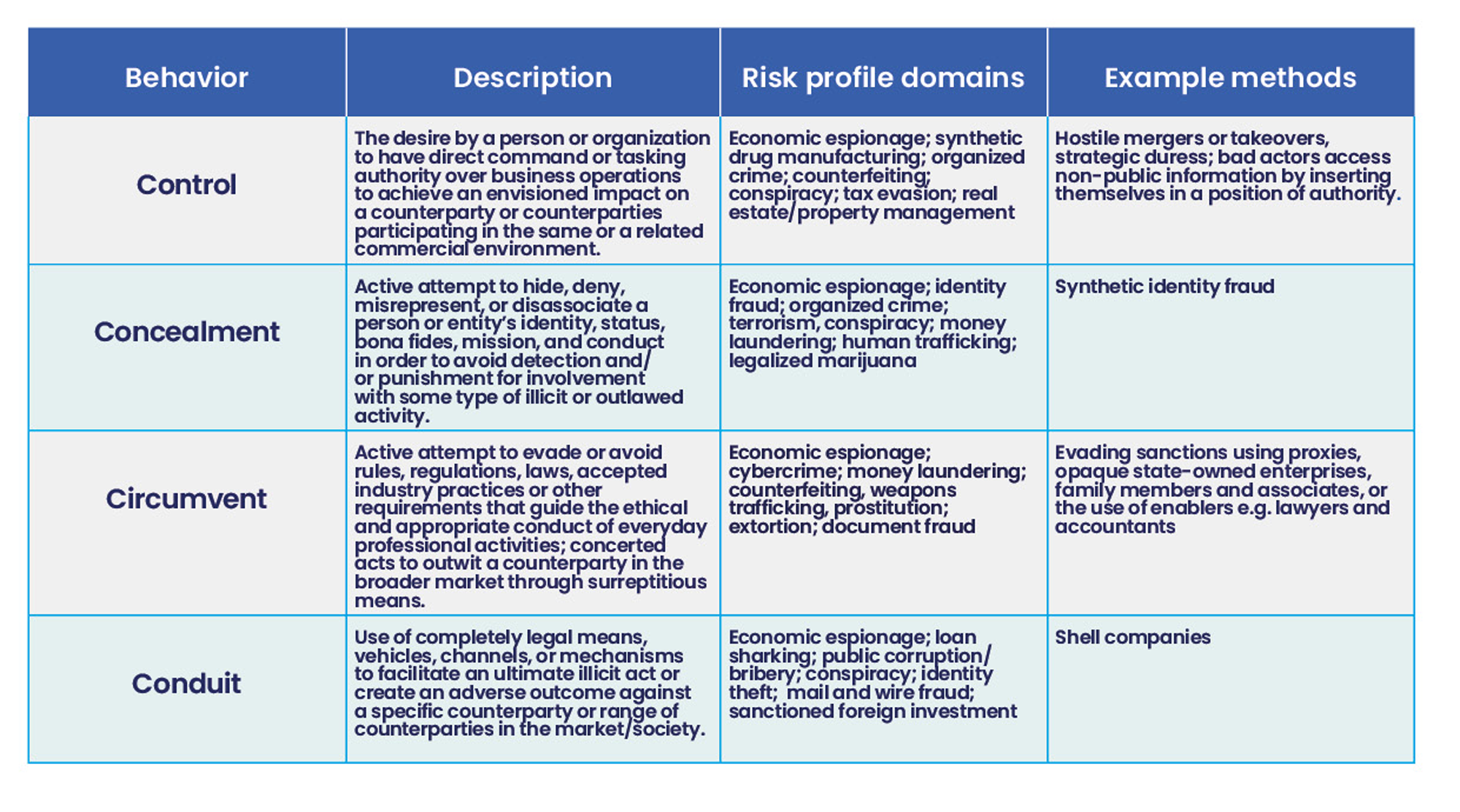
Law enforcement and intelligence agencies are locked in a chess game with their criminal organization adversaries. To avoid detection and capture, bad actors rely on staying several moves ahead. For investigators, the enduring challenge is that the game has fundamentally changed – and not in their favor. Jason Lee, Senior Director, Intelligence and Investigations at Moody’s, investigates.
 Indeed, today, criminal networks and adversarial organizations (including terrorist groups) are strategic and well-resourced. They can exploit widespread dual-use technologies to obfuscate their nefarious activities, which can misdirect and surprise investigators. They can communicate and exchange information near-instantaneously – enabling them to stealthily mobilize at lightning speed.
Indeed, today, criminal networks and adversarial organizations (including terrorist groups) are strategic and well-resourced. They can exploit widespread dual-use technologies to obfuscate their nefarious activities, which can misdirect and surprise investigators. They can communicate and exchange information near-instantaneously – enabling them to stealthily mobilize at lightning speed.
But, thankfully, investigators can exploit a key weakness. Either unwittingly or reluctantly, every person and organization leaves footprints in public records. This is a by-product of societal norms: when participating in professional and revenue-producing activities – or when using recognized instruments for commerce – our day-to-day activities and engagements with legitimate systems compel us to leave trails. These footprints are what constitute business activity intelligence (BizINT).
The value of BizINT
The footprints that bad actors leave can tell a colorful story: they can be compared to the typical participant as a baseline, or provide intelligence on company size, revenues earned. Investigators can use these footprints to discover or confirm an identity, and connected persons of interest – as well as how actors may intend to commit crime or pose a threat (their means and methods).
BizINT’s value to investigations is significant but often underplayed: they can provide color not only to financial crimes like money laundering, but also to physical crimes with a financial nexus, such as drug trafficking, human smuggling, terrorism, counterfeiting, and more. Crucially, its detail is sufficient enough for investigators to conduct pattern and trend analysis. When used effectively, it provides investigators an “honest broker” lens on indicators of fraud and other wrongdoing.
What constitutes BizINT?
Which bad actor agendas can BizINT uncover and interdict?
BizINT can address four types of bad actor behaviors, known as the “four Cs”: control; concealment; circumvent; and conduit.
These four behaviors are crime- and threat-agnostic. Rather, a safe assumption is if one can successfully uncover nefarious behaviors in their early stages, adverse outcomes can be mitigated before the actor can conceive a specific attack, event, or point of penultimate victimization.
The four Cs of bad actor behaviors:

What is the future of BizINT?
Opportunities for investigators to further exploit BizINT in the coming years are abounding. Perhaps the most interesting trend is the advent of generative artificial intelligence (GenAI), which has the potential to transform investigations. For instance, its capacity to process analyze vast amount of data will help investigators to predict and identify criminal patterns, generate reports highlighting anomalies and potential threats, and build scenario models to proactively counteract criminal strategies.
Additionally, GenAI’s natural language processing can assist in translating data across languages and formats, broadening intelligence gathering. These augmentations may help law enforcement to stay ahead in the cat-and-mouse game, making it harder for criminals to operate undetected.
The race against criminals is ongoing. BizINT is one of the best weapons in the investigator’s arsenal. And, thanks to the technological evolution already underway, law enforcement capabilities could see even further advancement in the battle against sophisticated criminal networks.
How Moody’s can help
Moody’s provides actionable business activity intelligence that can help law enforcement agencies to better understand nefarious behavior, as well as detect and track bad actors.
Maxsight™ Investigations is a platform that automates and centralizes investigation workflows so investigators can collect, view, analyze, and visualize vast datasets for faster results without compromising quality.
Learn more about Maxsight™ Investigations.
Get in touch with our team today.
Article authored by: Jason Lee, Senior Director, Intelligence and Investigations at Moody’s.








